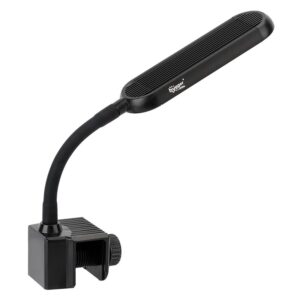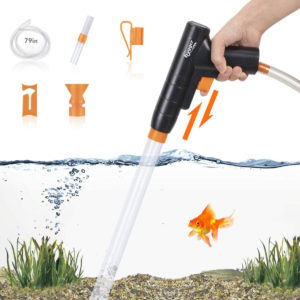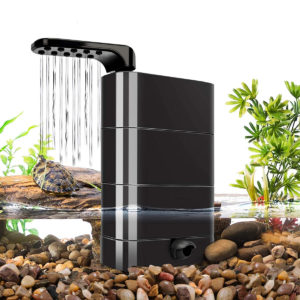How Do You Care For a Turtle in Tank
Many fish keepers may also often try some completely different aquatic pets in the tank, such as shrimps, crabs, turtles, and so on. After all, if it is only a fish tank more or less will feel monotonous and boring, usually, our city life has been tedious enough, every day we almost repeat the company to home such a two-point life, calm life needs a little ripple, sometimes we for the fish tank new pets to try is a kind of resistance to the boring life and change.
Keeping a few turtles in a fish tank may be a good choice for you, but if you are a novice who has never kept turtles before, you may be a little overwhelmed, take it easy, next, this article will show you how to take care of your pet turtles in a fish tank.
Content Table
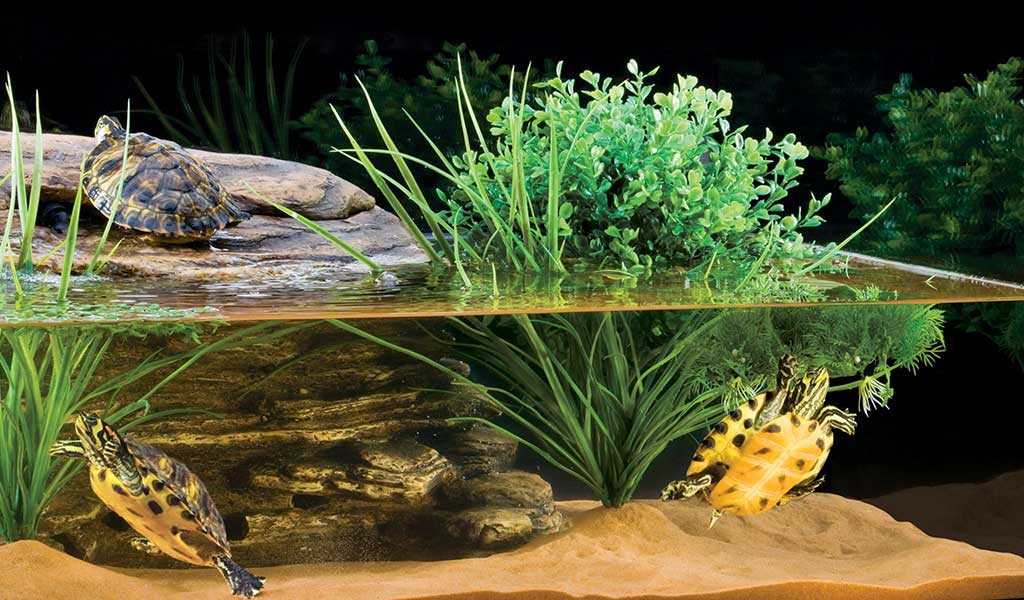
How big of a tank does a turtle need?
You might be asking yourself how big of a tank a turtle requires. The answer to this question depends on the species of turtle that you intend to keep. Some turtles prefer shallower water, while others prefer a deeper water tank with a larger basking area. You can find out which type of turtle you want by asking the breeder of your choice. Once you know the size of the turtle you’re thinking about purchasing, you can calculate how big the tank should be.
As a rule of thumb, turtles need tanks about three to four times their size. The width should be twice their length, while the height should be one-half to two times their length. If you’re worried about the turtle’s size, consider installing a light in the turtle’s habitat to keep it from climbing out.
As for the type of aquarium your turtle needs, the most common size is a 30-gallon aquarium with 50 percent water changes. A low-profile tank will likely be fine for a young turtle, but will not be suitable for a mature adult. In addition to its water volume, a turtle needs twelve hours of “daylight” each day. A tank that receives direct sunlight is not the ideal environment for your turtle, so you need to place the aquarium under a UVA/UVB bulb.
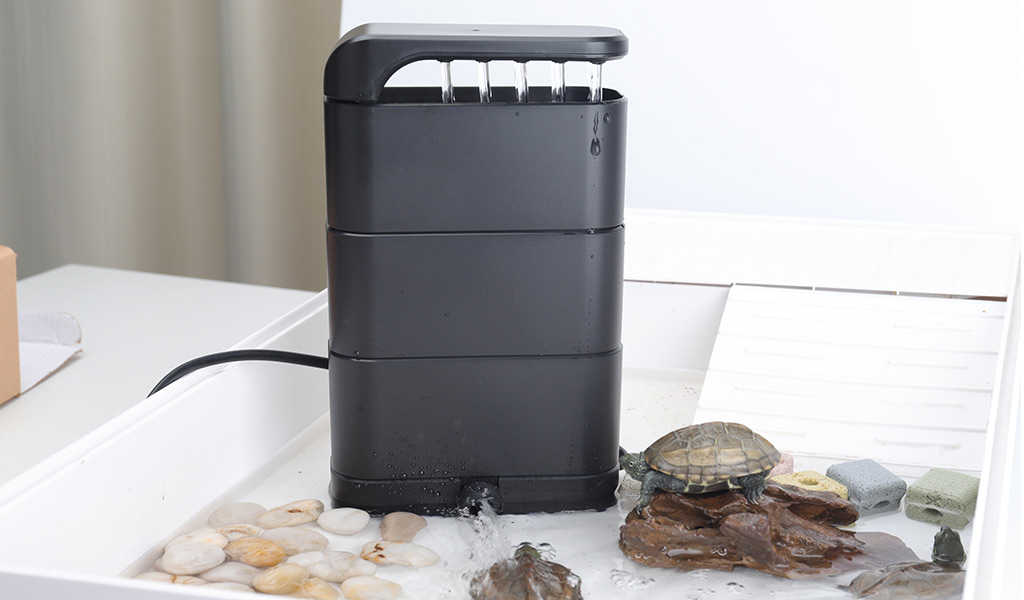
What equipment is needed to keep a pet turtle in a fish tank
The tank is an important piece of equipment for your turtle’s habitat. A glass fish tank is ideal if your turtle is the main tank, but it is also best to use a glass tank with a glass screen. Glass aquariums are easy to clean and allow you to view your turtle from all angles. A canister filter is the best choice for filtration. Finally, be sure to purchase a heater and UVB/A light.
However, you can use a plastic container as a temporary habitat and feeding trough. The plastic housing will melt if you use a heat lamp or heater. Also, if you want to save money, you may want to consider setting up an outdoor pond for your turtle.
The turtle’s habitat should be at least 40 gallons and have enough area for the turtle to grow to adult size. It is best to purchase a tank that is larger than the one you currently use for your fish. It is also important to remember that turtles need regular water cleaning. You should do partial water changes weekly and deep cleaning once a month. Turtles need about 50% of the water and some species need as much as 75% of the water.
A filter should be purchased to keep the water clean. Turtles need a ramp to get in and out of the water, so make sure you have a secure, sloping piece of driftwood or log to use as a ramp. Also, make sure there are no plants in the tank as turtles like to dig them up and eat plastic plants.
Temperature is another important consideration. Most turtles prefer a constant temperature of 60 to 90 degrees Fahrenheit, but some turtles can tolerate temperatures as low as 50 degrees at night. Regardless of the temperature, water for turtles should not be too hot or cold because the turtle’s metabolism will slow down. Water that is too hot is also not conducive to basking and encourages fungus and bacteria. A water temperature of 72 to 80 degrees Fahrenheit is best for turtles.
Therefore, another important piece of equipment for your turtle is a thermometer. Turtles need different temperatures, so you should have different types of light for your turtle’s tank. For example, the basking area should be cool during the day and warm at night. You can use a digital thermometer to observe the water temperature of the turtle tank.
Since the turtle’s habitat will be a water environment, you will still preferably need a separate rearing tank for your turtle. Turtles need to feed in the water, making your main aquarium a mess. The rearing tank should be separate from the main tank and should be protected in some way. A rearing tank is a good idea for pet turtles because it prevents a mess in the main tank.
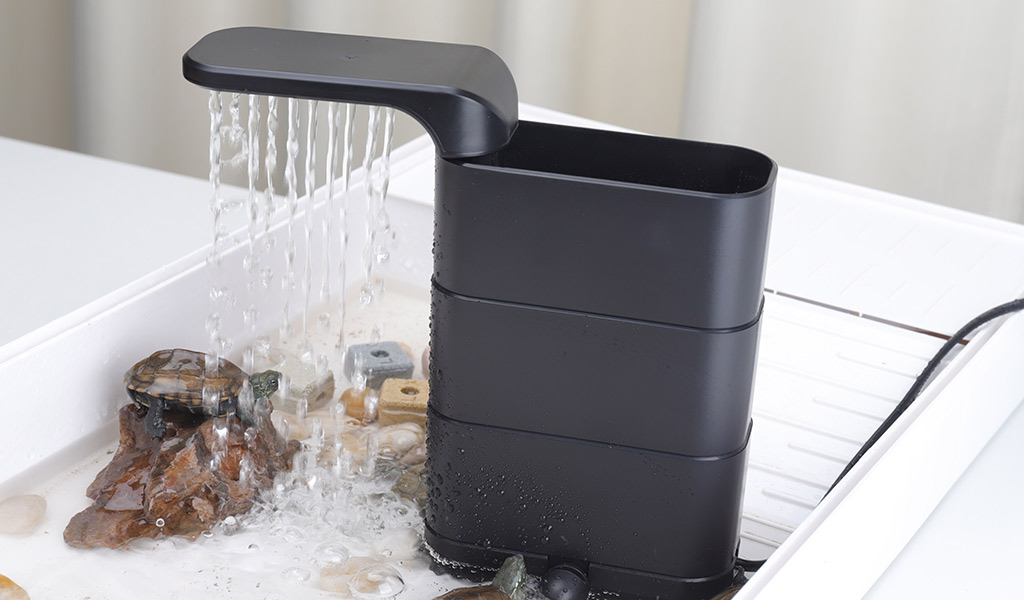
The role of the turtle filter tank and how to use it correctly
Among the various parts of a turtle’s aquarium, the turtle filter is an important part. Its function is to remove excess particles and bacteria that may damage the turtle’s health. A turtle tank should have a depth of at least twice the length of the turtle’s shell, to ensure that the tank will be able to provide the right amount of water. After the turtle has been introduced, it should be cycled for at least three days before it can be brought home.
As a general rule, turtles require a certain volume of water to be happy and healthy. To calculate this volume, add the length of the largest turtle to the half-shell length of any additional turtles. If the turtles have different water volumes, the volume should be increased by ten percent. In addition to this, turtle owners should clean the motor shaft regularly to keep the tank clean.
The role of the turtle filter tank and how you use it properly depends on its size and the type of filter it has. Generally, canister filters are best suited for turtles. They are easy to maintain and feature large reservoirs. A canister filter works by pumping water from the aquarium into the canister. Once the water passes through the filter media, it then flows back into the aquarium.
The turtle tank filter is made from high-quality ABS plastic, lending it durability. Moreover, it comes with a biochemical ball and filter sponge that improves the water quality. A coarse-hole filter sponge removes turbidity and odors from the water. You can use a turtle tank filter if you do not have a proper aquarium. This type of filter is also good for temporary enclosures.
A turtle filter for a 50-gallon tank is sufficient if your turtle is a large breed. However, you should use a secondary filter in the tank for larger turtles. You should buy a high-quality filter if your turtle is a large species or has a basking area. A good filter is the Hygger Turtle Aquarium Filter.
Some of you may already have the Hygger Turtle Aquarium Filter. Then how should it be used?
The hygger Turtle Aquarium Filter package comes with everything you need to install the filter. You can directly follow these steps:
1. Rinse filter pads and bio balls.
2. Attach the filter to the wall with suction cups.
3. Plug it in and get started on your turtle tank.
But keep in mind, to maintain a peak filtration performance, please regularly rinse the filter sponge, and rinse or replace the filter material as needed. The last but important thing is to use it to the best, you should submerge the bottom chamber where the motor is mounted.
When choosing a turtle tank filter system, choose a reliable seller. The product reviews and ratings from other users will help you narrow down your options. A high seller rank means a reliable product and good customer service. A reliable brand will also give you peace of mind if you have any issues. If you are looking for the best filter for your turtle aquarium, make sure to read customer reviews and comparisons.
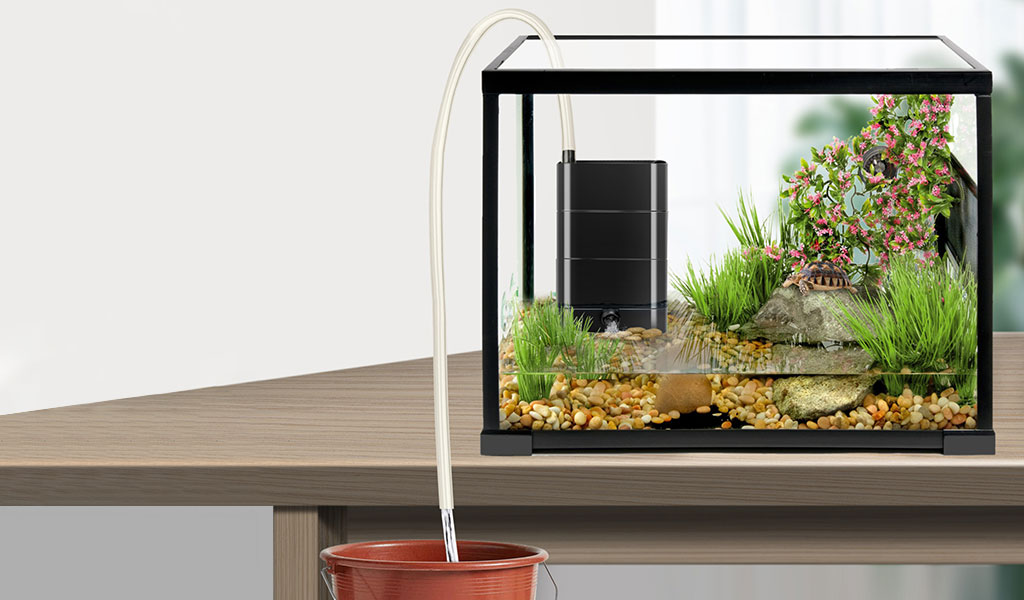
How often should you change the water in a turtle tank?
The frequency of cleaning a turtle tank varies depending on the type of turtle and its habitat. Regular water changes will prevent high ammonia and nitrite levels. You can also clean the tank by using a siphon tube. After that, you can replace the old water with fresh or salt water. Some turtles like salty water. If the water is too salty for your turtles, it may be wise to suggest that you use brackish water for them.
But in general, you need to change the water in your turtle’s tank once a week and do partial water changes to keep the tank clean and sanitary. You can clean out any soiled newspaper and floor debris. The filter pushes out waste, so the filter you should also clean at least once a week. In addition, you should remove any food and feces, as well as any additional chemicals that may be present in the water.
Before changing the water, rinse the substrate thoroughly and refill the tank with fresh water. Water changes are necessary to keep your turtle healthy and happy, and your turtle will grow accustomed to fresh water. However, you should change the water only once a week, as too frequent water changes are detrimental to your turtle’s healthy growth.
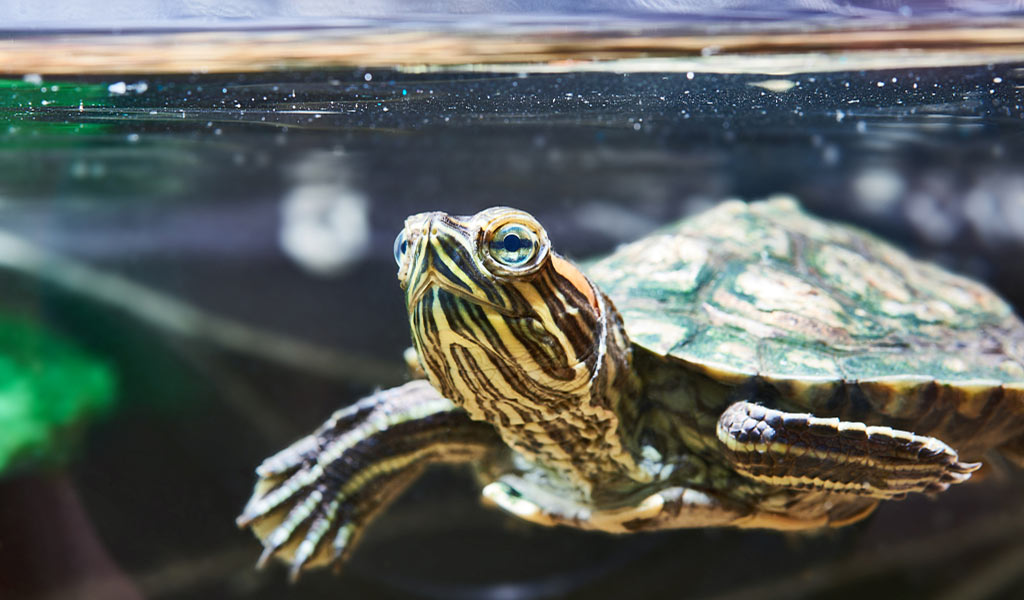
Tips for caring for pet turtles in the aquarium
While many aquatic turtles do well in aquariums, others do not. While you can easily purchase a basking area for aquatic turtles at a pet store, these creatures require deeper water. Make sure to have a basking area twice as long as the turtle’s body, or even longer than it. A dechlorinating agent and a test kit can be purchased online aquarium shop or from a pet supply store.
In addition to a heated enclosure, it is important to provide a warm, dry habitat for your pet turtles. These animals require UVB lighting and supplemental heat. Setting up an outdoor aquarium presents additional challenges. For example, if you have more than one turtle, you’ll need at least 10 gallons of water per animal. You also need to provide plenty of food. While commercial turtle pellets are good, you can mix them with other items to offer your pets different tastes.
A terrarium that is one inch deeper than the shell width is ideal for baby turtles. The water should be at least a couple of inches deeper than the turtle’s back shell, and won’t drown in its waste. Keeping the turtle tank water temperature around a suitable temperature is essential for your turtle’s health.
A water temperature gun or digital/infrared thermometer will ensure the water temperature stays consistent for your turtles. Adding a basking light is another way to keep the water warm enough for your turtle.
Reminder
While there are many factors to consider when choosing the perfect tank for your aquatic turtle, you can start by learning more about its diet and habitat. Many aquatic pet turtles prefer a dry or wet environment, and some species need both. When choosing a tank for your turtle, be sure to consult a pet turtle guide to determine the best conditions for your new addition. Be sure to monitor any signs of disease, including softened shells, spots on the turtle shell, or diarrhea.
Once you’ve selected the right environment, it’s time to provide your turtle with good care. While keeping your pet turtle happy and healthy is a great way to spend quality time with the pet, you should confirm that it gets enough sunlight and water to swim and bask. Without sunlight, turtles will develop a poor shell, and it can cause metabolic bone disease. A properly maintained aquarium should have all the supplies needed to care for your turtle.
While keeping a turtle in a terrarium is fun and rewarding, it can also lead to diseases. Fungus, for example, can cause limb and internal organ problems, so it’s best to monitor your pet turtle’s temperature carefully. If you find a spot that looks a little funky, you can try reintroducing the bacteria responsible for the fungus. It will help prevent it from spreading throughout the terrarium.


